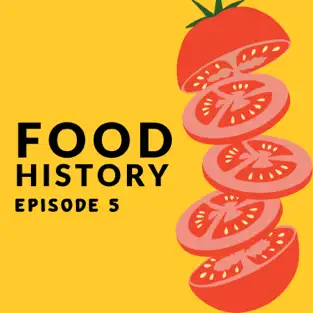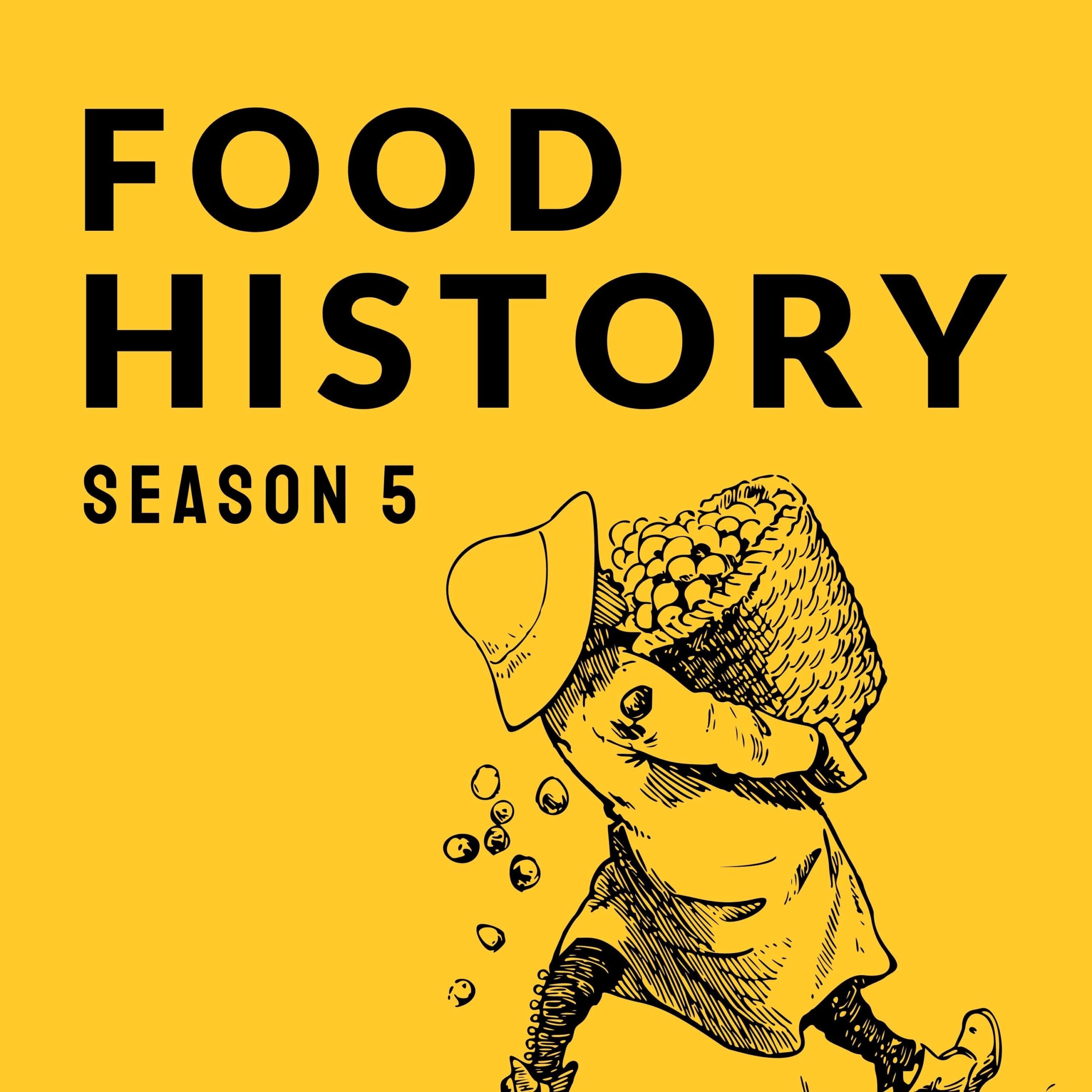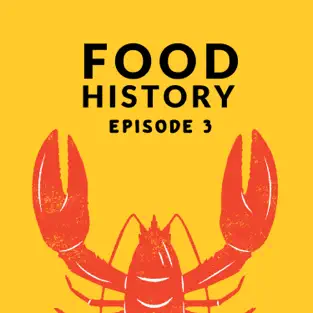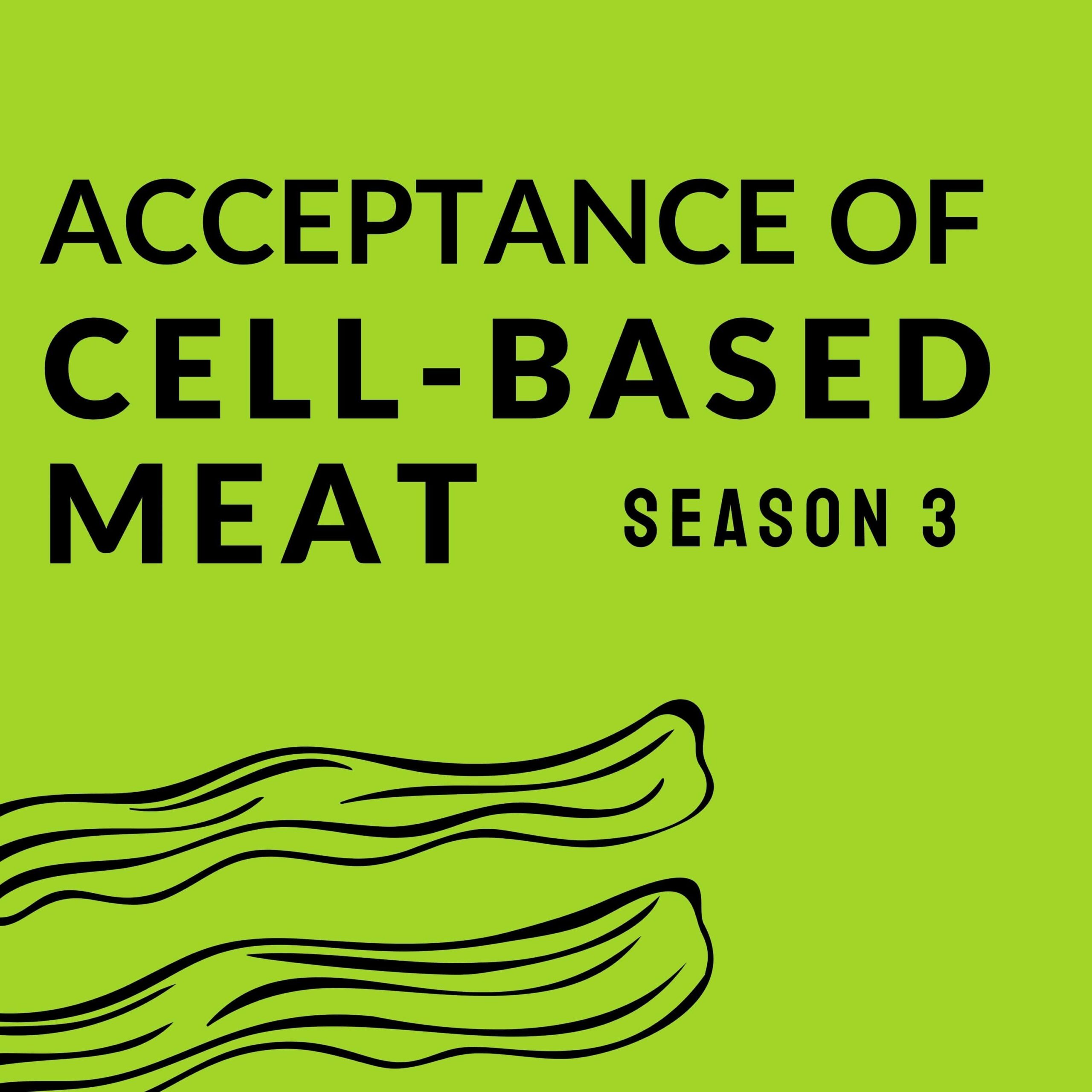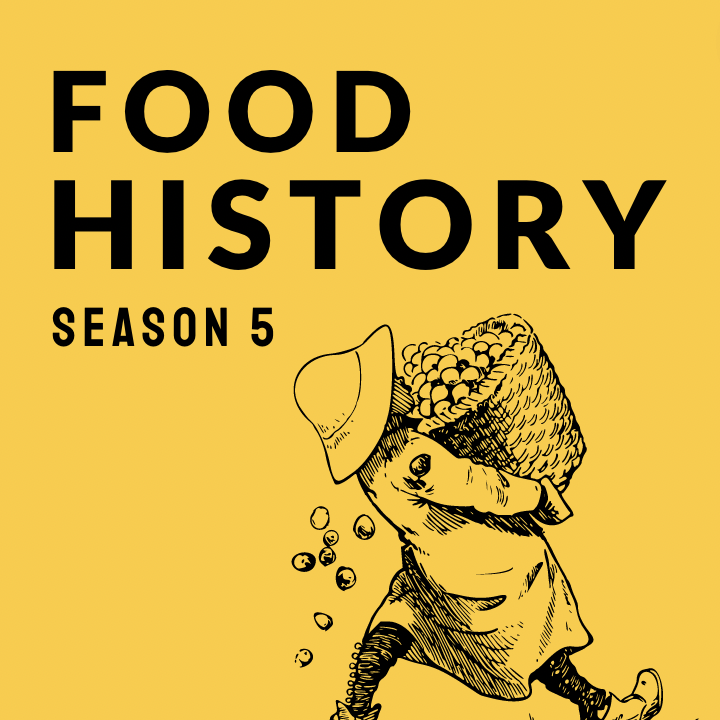
Season 5 of Red to Green:
Food history
for the future of food
What can we learn from the past on food lobbying, food culture, and change?
Relevant for
Anyone interested in stories about our food system, alternative proteins and consumer psychology.
structure
The stories start far back in time and reach the present day.
Interested in how people change their minds about foods? Listen to the episode on the potato, fork, lobster, tomato, or dairy in China.
Interested in lobbying? Check out margarine and the pink slime episode.
Interested in branding? The Coca-Cola episode is right down your alley.
Interested in faulty science? Food history is your charm.
Interested in pests and monoculture? The banana episode will serve you.
Scope
This season does not feature guests, it is based on the team’s own research.
Relevance
Thie season is an evergreen season.



